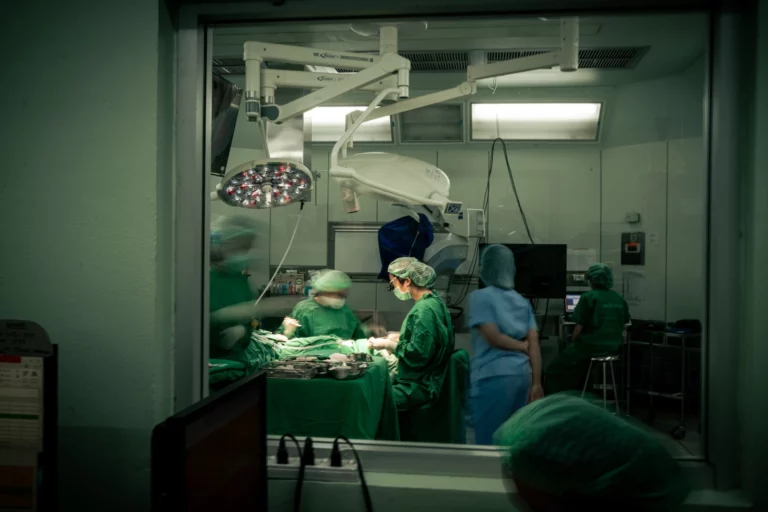Why does upper eyelid skin change?
As we age, the skin of the upper eyelids can stretch and loosen. Fat around the eyes may also shift forward, making the eyelids look heavy or wrinkled. Genetics, sun exposure, and aging all play a role.
In some people, the extra skin may hang down enough to block side (peripheral) vision, making everyday tasks such as reading, driving, or watching TV more difficult.
What is upper eyelid blepharoplasty?
Upper eyelid blepharoplasty is a surgical procedure to remove extra skin, and sometimes fat, from the upper eyelids. It can be performed for:
- Functional reasons – to improve vision and comfort
- Cosmetic reasons – to improve appearance and restore a youthful look
- Often both
If droopy skin blocks your vision, the surgery may be considered medically necessary, and insurance may cover it. If done only for appearance, it is considered cosmetic and usually not covered by insurance.
Asian Blepharoplasty (Double Eyelid Surgery)
In many Asian patients, the natural upper eyelid crease is absent or very low. Asian blepharoplasty, also called double eyelid surgery, is a technique that creates or enhances a natural-looking eyelid crease. This can:
- Make the eyes appear larger and more defined
- Improve symmetry between the two eyes
- Be combined with removal of excess skin or fat if present
This procedure is tailored carefully to each patient’s anatomy and goals, respecting natural ethnic features while creating a refreshed appearance.
What happens during surgery?
The surgeon makes an incision in the natural eyelid crease (or in the area where a new crease is planned). Excess skin and sometimes fat are removed, and the incision is closed with fine stitches. The scar is usually hidden in the crease and heals very well.
The goal is to create a more open, refreshed appearance while maintaining the natural shape of the eyes.
Recovery after surgery
- Cold compresses help reduce swelling and bruising in the first few days
- Antibiotic ointment may be prescribed
- Rest with your head elevated and avoid strenuous activity
- Mild discomfort is common and usually controlled with simple pain relievers
Most people return to daily activities in 1–2 weeks.
Risks and possible complications
As with any surgery, there are risks. These may include:
- Bruising and swelling (common, temporary)
- Bleeding or infection (rare)
- Dry eyes or irritation
- Small lumps or cysts along the incision (usually resolve)
- Eyelid shape or height differences
- Rare need for additional surgery
Summary
Upper eyelid blepharoplasty, including Asian blepharoplasty for crease formation, can improve vision, relieve heaviness, and restore a more youthful, refreshed look. An oculoplastic surgeon will evaluate your condition and recommend the safest and most effective treatment for you.



